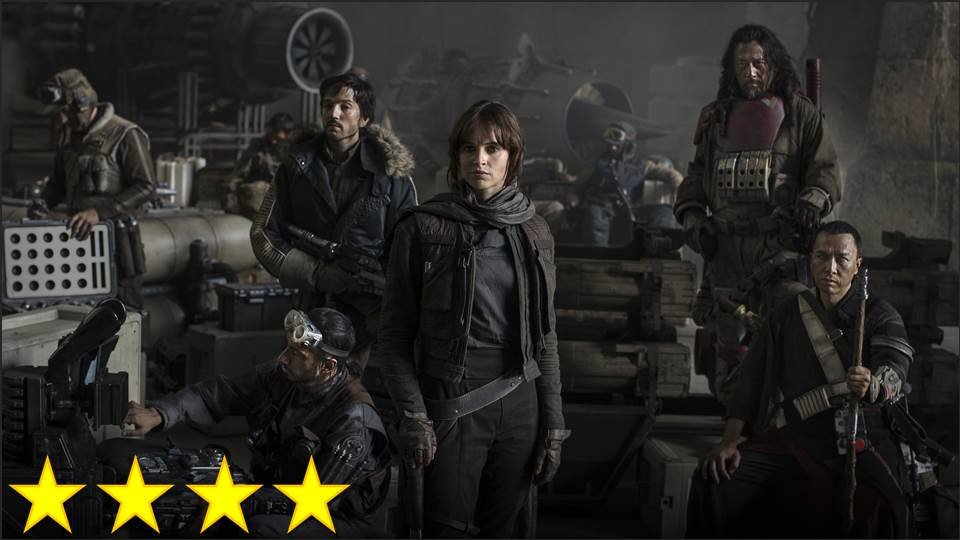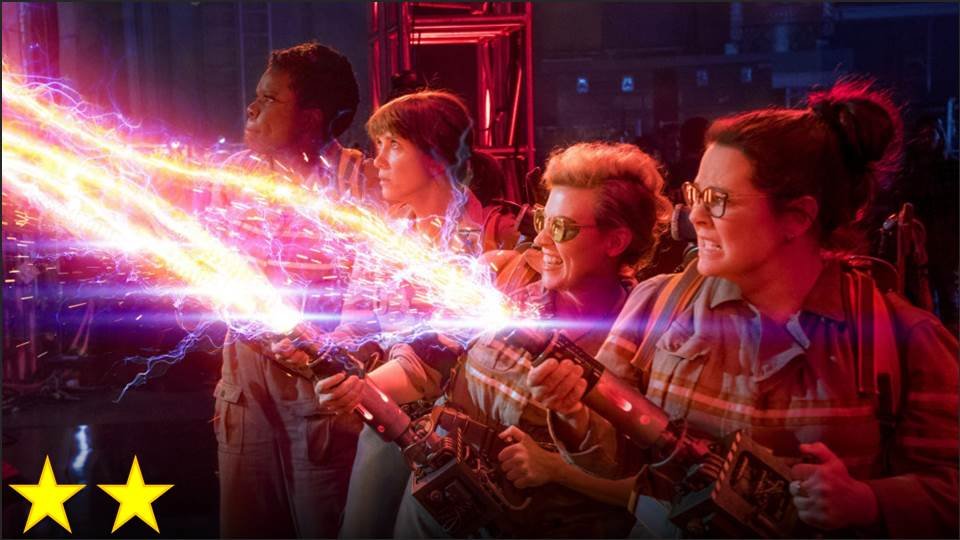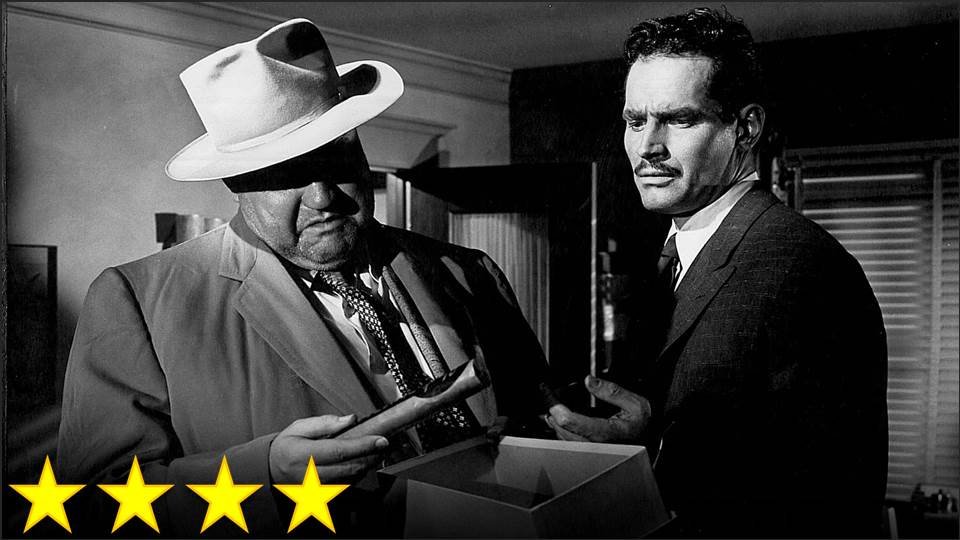SPOILER WARNING
I should not be writing this review. I am not capable of doing the film justice having only seen it once. There are many movies that have left my friends, family, and peers thinking they ought to watch them multiple times to make sure that they’ve taken everything in, and usually these are either mind-bending thrillers (think The Matrix or Spy Game) or pseudo-intellectual Oscar-bait like Mulholland Drive. Most of the time, I feel no need to see these movies again – I tend to pick up on everything I want to upon my first viewing – but for La La Land, I think I’d need many more viewings before I can fully comprehend the scope of its intellectual assessment of its own situation. As I’ve written about before, we are in a time in film history when cinema is growing more reflective than ever before, submerging itself further into the worlds it has already created to find the nooks and crannies of the Wizard World or the Death Star that it may have missed at first. This applies to genres as well. When the romantic comedy was revamped with When Harry Met Sally, the “rom coms” that followed in the 1990s clearly confronted the movies of Classical Hollywood and addressed “the compatibilism question” – how do we bring together the people of today with the genres of yesterday in a way that feels believable? The musicals of today, such as Into the Woods, Muppets Most Wanted, and The Jungle Book, haven’t really addressed this question head-on, resulting in an embarrassingly awkward transition in Jungle Book from a dark, ominous shot of a giant, scary ape to a bouncy little ukulele song. La La Land has the intelligence to recognize that we actually need to sit down and talk about the compatibilism question, but I don’t think it’s very sure of what the answer is.
It’s interesting to me that Rotten Tomatoes describes the film as having “thrillingly assured direction,” because the nature of the director’s assurance is fairly complex. To me he seems unsure as to what the movie ought to be exactly, yet he refuses to allow it to be anything other than what it is. The film is very technically impressive and is shot with great care, but just because he understands the film’s essence on a technical level does not mean he has a grip on what it is as a story (or as an argument). The film is fairly insecure, sometimes suggesting that it will do a certain musical number a certain way, then backing out of it as though it would be too corny for 2016, before finally overcoming its skepticism (and embarrassment) and diving into theatricality. Still, there is always a sense that Classical Hollywood is watching over the characters in this film, waiting to see what they’ll do with a genre that doesn’t belong to them, showing that the director knows exactly where his film stands: it is being scrutinized closely by both the past and the future, wondering if it is truly capable of pleasing both masters.
The compatibilism question takes three forms in the movie, first asking how an old-fashioned musical film can succeed today, then asking how jazz can continue to thrive, and finally asking if two different dreamers of two different dreams can have a lasting partnership. As for question one, its answer seems to be that the contemporary drama and the classical musical are, inevitably, an awkward pairing, but it’s decided that this awkwardness is okay. There are times when a jazzy musical number ends with a ringtone, or an old cartoonish iris-opening transition presents a profane term that would never have been used in the days of Singin’ in the Rain. It’s an odd clash, but a cute and coquettish clash, not unlike a couple in a romantic comedy. The film also has elements of the mid-19th century musical that don’t work very well today, and these can stir up debate and arguments among viewers pertaining to the issue of how this genre should be handled in the new century. For example, consider how the film might be asking questions about race in much the same way that musicals like Singin’ in the Rain feature white men borrowing from black dance, and La La Land features a white man explaining black music. The film goes so far as to include musical numbers that contribute nothing to the plot at all – an often forgotten element of the mid-century musical – and this is part of what makes the film so divisive: it has flaws built in that I suspect were carefully designed to make some viewers hate it (and make most viewers debate it).
Regarding the jazz question, the film shows its hand a bit more, presenting an explicit answer to the question through John Legend’s dialogue, and thus revealing the film’s intellectual pursuit to viewers who haven’t yet caught on. Here too, however, the film is somewhat ambiguous, presenting the contemporary jazz music as unsatisfactory, impure, and greatly problematic for our characters. Even the song it uses to represent the future of jazz (“Start a Fire”) is mostly comprised of pieces of older genres, mixing jazz, Motown, soul, funk, disco, and ‘80s pop, revealing a reticence to accept the modern even from the characters that claim to embrace it. On the other hand, this choice may have just been made so that the director, who seems to prefer older music himself, can tolerate it.
The third question – the question of the couple – is the area where I am most critical of and disappointed with the film’s argumentation. This is the reason why I almost deducted half a star (or even four of the stars) from my rating. The problem here has to do with the logic of cinema, which generally ought to resemble a symbolic logical sentence (A ⋀ B → C → D, for example). This is the basis for one of the holy and unbreakable rules of screenwriting: the ending may be unexpected, yet it must be set up and inevitable. Obviously, La La Land does not follow this rule, because the decision for Mia to end up with another man comes out of the blue and seems entirely arbitrary. There is no rational reason for her to choose to be with someone other than her true love, nor is there anything in the film’s plot that suggests she would forgo the rational/emotional/intuitive choice to serve some other purpose. This ending is ultimately a non-sequitur, so the film’s conclusion that Mia and Sebastian’s romance cannot work is seemingly a random one with little or no basis in the logic of the story.
What makes this so frustrating is that the film seems to make the case that their romance could have worked had they made better choices. This is, of course, suggested by the fantasy sequence in the film’s final act, during which Mia imagines the better way the story could have gone had things been just slightly different . . . or so it seems. What seems hard for some viewers to notice is that this fantasy is actually a completely impossible one – their story could not have gone this way. Sebastian could not have known that Mia wanted him to kiss her after she first heard him play their song; he could not have attended Mia’s play and remained dedicated to the source of his income that was required in order for him to open his jazz club; he could not have veered off the main road at the end and coincidentally stumble upon his own jazz club (which somehow managed to exist without him). This is only Mia’s fantasy of what life could have been like if she had magically gotten every little thing she wanted regardless of how much it cost Sebastian and regardless of whether or not it was even humanly possible.
The reason why this ending is so important is that it relates to questions about the musical romance as a genre. Traditionally, the Classical Hollywood romance story exists almost solely for the formation of the heterosexual couple – to convince its audience for the thousandth time that the formation of a happy and healthy romance between a man and a woman is possible. If the film has not made this case in such a way that the viewer believes it, the narrative and/or genre does not function. The fact that Mia and Sebastian were not able to form a lasting romantic couple means that the genre has failed – it tells us that Classical Hollywood’s way of forming a couple does not work for people in the modern world. In other words, the fact that the genre could not serve its function today answers the first compatibilism question with a definite negative. Whether he meant to or not, the director told us that his attempt at making a mid-20th century musical in the 20th century was a failure, regardless of how well the film has been received. The problem with his answer, of course, is that he did not show his work, instead selecting an arbitrary ending that gives his argument a random conclusion rather than a logical and satisfactory one.
As much as I detest this laziness of writing, I still must give this movie the highest of praises because I believe it is very, very good for the future of cinema. Even if its logical argument is very poor, at least this film is different from most of the films that the “cinematic elite” embrace in that, rather than prompting the viewer to ask meaningless questions the way that Mulholland Drive does, this film uses the argumentative power of cinema to get the audience thinking about real and important questions (in this case pertaining to the future of media). This could lead to other films that can ask the viewer questions about ethics, laws, cultures, progress, the environment, and any intellectual topic imaginable, all without sounding preachy. In this sense, La La Land has the potential to shape this century’s cinema into something great – something that is highly intelligent and that is beneficial to humankind. (It’s worth noting that the film’s ending is an attempt to do the kind of “open to interpretation” endings that Lynch and other “art film” directors love, so this film’s director clearly has a fondness for the kind of pseudo-intellectual ambiguity that the “cinema elite” adores, but this element of the film hopefully won’t hinder the potential positive effects that I have outlined in this paragraph.)
Perhaps more importantly, I think this film just might be a greater movie experience than nearly any other film made within the past ten years because this movie is alive! In a time when nearly every movie released from Hollywood is hideously drab, gray, and monochromatic, this film has color! In a time when nearly every filmmaker tries to capture an almost depressing realism with the camera, this film has theatricality! In a time when nearly every Hollywood soundtrack sounds like a collection of durges, this film has boogie! Director Damien Chazelle has found that the perfect combination of visual beauty and musical beauty can sometimes be enough to form emotional beauty, using pure spectacle and unfiltered passion to overpower and enthrall me, filling me with bubbly excitement and childlike wonder from the very first scene. Never before have I found myself tearing up within the first few minutes of a movie, and never have I given myself over to a musical number the way I did with “Fools Who Dream.” It’s true that not every moment in the film is captivating, and I may have checked my watch over a dozen times while watching it, but its best scenes were so riveting, enchanting, and divine that its flaws are forgivable, and I may never have had so many tears fill my eyes from just one film in my entire lifetime.
Therefore, I must give this film the highest of praises – long live La La Land, the greatest work of art of this century!






